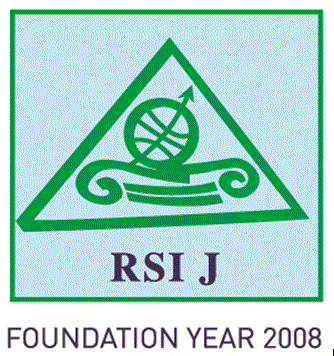Vítor João Pereira Domingues MARTINHO
Coordinator Professor with Habilitation, Agricultural School (ESAV) and CERNAS-IPV Research Centre, Polytechnic Institute of Viseu (IPV), Portugal
vdmartinho@esav.ipv.pt
Abstract
There is an enormous potential to produce bioenergy from agriculture, forestry and other land use in the European Union (EU) farms. The agricultural sector in the EU member-states has conditions to increase the contributions of renewable energies through better use of the residues and the production of energy crops. Nonetheless, the profitability of these alternative agricultural outputs, in some circumstances, and the need for land for food production, for example, have been obstacles to effective positioning of the EU farms as sources of bioenergy. From this perspective, this study intends to assess the current context of the energy crops in the farms of the EU agricultural regions and identify a model that supports the prediction of these frameworks. For that, data from the Farm Accountancy Data Network (FADN) were considered for the year 2020. This statistical information was analysed through machine learning approaches, namely those associated with multilayer perceptron (MLP) algorithms from the artificial neural networks (ANN) methodologies. The results from these data show that energy crops do have not relevant importance in the European Union farms. On the other hand, when these crops appear, they are produced by larger farms, with greater competitiveness and which receive more subsidies.
Keywords: Agriculture 4.0, Artificial Neural Networks, Multilayer Perceptron
JEL classification: C45, Q12, Q42
pp. 29-42
